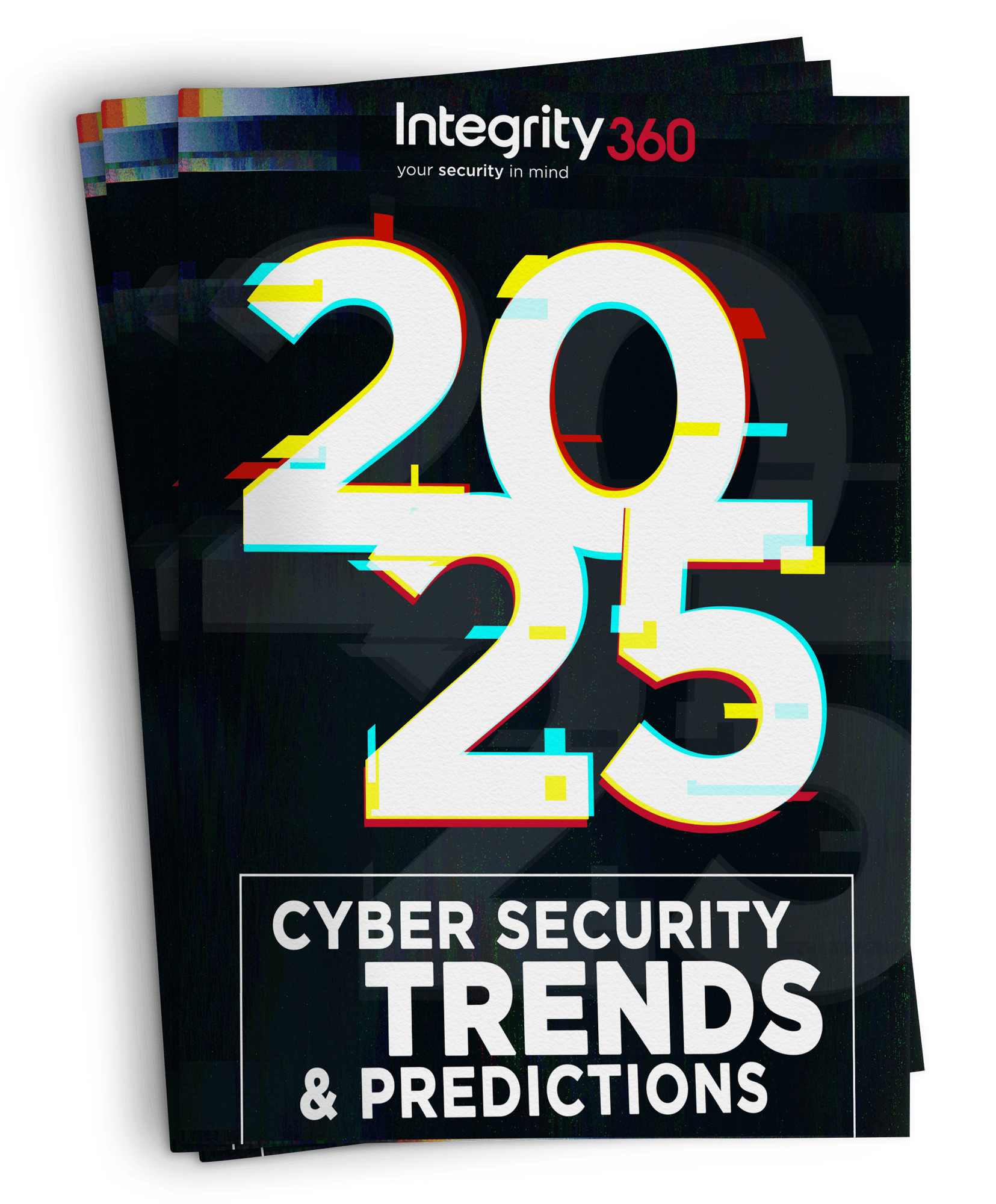Cyber threats to Operational Technology (OT) environments are an active and growing concern for industrial organisations. From ransomware paralysing utilities to compromised suppliers exposing production lines, attackers are becoming more sophisticated, and the stakes have never been higher.
With 70% of industrial firms reporting cyberattacks and an 81% year on year increase in OT-related ransomware incidents, it’s clear that traditional defences are no longer enough. In this blog we explore the top three threats currently facing OT environments and how Integrity360’s Managed OT Security services can help reduce them.
Malware and ransomware in OT environments
Malware, and ransomware in particular, has become one of the most destructive threats facing industrial systems. Unlike IT systems, where a ransomware attack might “just” result in data loss or downtime, OT-focused malware can disrupt physical processes, damage critical machinery, and even endanger human safety.
Attackers increasingly target OT systems directly. Malware and ransomware campaigns from hacker groups like BlackBasta, Industroyer2, and FrostyGoop have crippled production lines, shut down utilities, and forced entire operations offline for days or weeks. The risk is further amplified by the convergence of IT and OT networks. Once malware breaches the IT layer, it often moves laterally into OT environments due to weak segmentation, shared credentials, or unprotected endpoints.
How Integrity360 helps:
Integrity360 takes a layered and OT-aware approach to malware protection:
- OT-compatible antivirus and PC control: Tools like USB sanitisation and portable scanning units allow safe use of removable media and unmanaged devices without impacting operational performance.
- Ransomware Dry Run: A safe, simulated ransomware attack assesses how well your environment detects, contains, and responds to malware – helping you close critical gaps before a real incident occurs.
- Patch management and system hardening: Where possible, Integrity360 helps keep systems updated and reduces the attack surface by removing unnecessary services and enforcing strict access controls.
Together, these services reduce the likelihood of infection, limit the damage of successful breaches, and enable faster recovery from ransomware events.
Insider threats and human error
While external attackers make headlines, insider threats are among the most under-recognised risks in OT environments. These threats may be malicious — such as a disgruntled employee sabotaging systems — or accidental, such as an engineer unknowingly introducing malware via a USB stick.
In many industrial settings, staff may not fully understand the cyber risks associated with their actions. For example, connecting unauthorised devices, bypassing security controls for convenience, or mishandling credentials can create major exposures. A single mistake by a technician could open the door for attackers or unintentionally disable critical defences.
OT environments also tend to have limited user activity logging, making it harder to detect suspicious behaviour or trace the source of an incident. Additionally, with a growing number of contractors and third-party staff gaining access to OT networks, the risk surface continues to expand.
How Integrity360 helps:
Reducing insider risk starts with awareness, oversight, and secure system design. Integrity360 supports organisations with:
- OT-specific security awareness training: From plant operators to engineers, We deliver scenario-based training that demonstrates how everyday actions can lead to cyber incidents. Realistic demonstrations including malware simulations make the risks tangible and relatable.
- Bastion hosts and role-based access: By enforcing controlled, monitored access points and restricting user privileges to the bare minimum, we limit the damage any one user can do.
- User activity monitoring and logging: Managed OT services include detailed session recording and alerting, ensuring that unusual actions are identified early and investigated quickly.
- Policy and governance consulting: We help organisations build and enforce insider risk management frameworks aligned with IEC 62443, including credential management, access reviews, and operational discipline.
The goal is to transform every user into a cyber defender while ensuring technical controls are in place to catch lapses before they escalate.
Vulnerabilities in the OT supply chain
Modern OT systems are no longer isolated. They depend on a vast, interconnected ecosystem of third-party vendors, integrators, software providers, and hardware suppliers. Each of these relationships introduces risk and attackers know it.
Compromising a trusted supplier can be the most efficient route into a target’s environment. This could include implanting malicious firmware, tampering with software updates, or gaining remote access through legitimate channels. The SolarWinds and MOVEit breaches are high-profile examples of supply chain compromise in IT, but the risks in OT are even greater due to longer update cycles, hardcoded credentials, and highly specific vendor configurations.
Many organisations don’t have a clear understanding of which suppliers have access to their OT systems or how secure those suppliers really are.
How Integrity360 helps:
Integrity360 addresses supply chain vulnerabilities through a mix of governance, visibility, and hardening:
- Vendor risk assessments: As part of its consulting services, our experts evaluate the security posture of your suppliers and integrators, identifying weak links and providing remediation advice.
- Access control and segmentation: By implementing proper segmentation between internal systems and vendor-accessible networks especially at the DMZ we reduce the blast radius of any third-party compromise.
- Remote access control: Secure bastions, session logging, and least-privilege access models ensure third parties only reach what they need, for as long as they need it.
- Continuous monitoring of external communications: Network probes help detect unusual outbound traffic or connections to malicious domains, many of which are associated with compromised vendors or supplier networks.
With Integrity360’s managed services, organisations can build supply chain resilience, limiting the risk that a trusted partner becomes an unintentional threat vector.
OT environments are under siege from an expanding range of threats — not just from sophisticated malware, but from within, and across the supply chain. Relying on reactive, IT-focused defences is no longer enough.
Integrity360’s OT Security services offer a complete, proactive approach to tackling the most pressing risks in industrial cyber security. With deep industrial expertise, and tailored solutions, organisations can confidently protect their operations, people, and reputation.
To find out more or to book a consultation, visit integrity360.com








